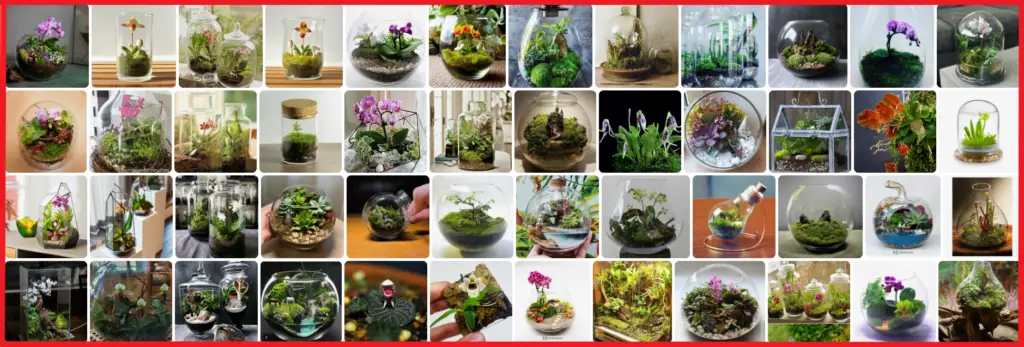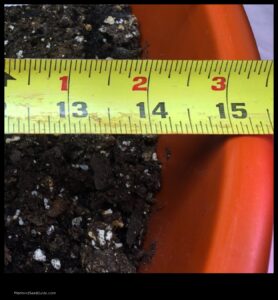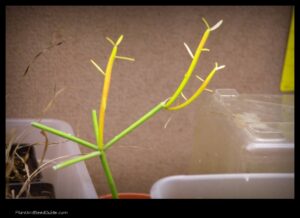
How to Plant Lettuce in Raised Beds
IChoosing the Right Raised Bed
Preparing the Raised Bed
Planting Lettuce Seeds
Germination and Care
VHarvesting Lettuce
Pests and Diseases
Troubleshooting
Benefits of Growing Lettuce in Raised Beds
FAQ
| Feature | Answer |
|---|---|
| Raised bed gardening | A raised bed is a garden bed that is built up above the ground level. This can be done for a variety of reasons, such as to improve drainage, to create a more level gardening space, or to protect plants from pests and diseases. |
| Lettuce | Lettuce is a leafy green vegetable that is a popular choice for home gardeners. It is easy to grow and can be harvested throughout the growing season. |
| Growing lettuce | Lettuce can be grown in a variety of ways, including in raised beds, in containers, or in the ground. The best way to grow lettuce will depend on your climate and gardening space. |
| Vegetable gardening | Vegetable gardening is the practice of growing vegetables in a home garden. This can be a fun and rewarding way to get fresh, healthy food for your family. |
| Container gardening | Container gardening is the practice of growing plants in containers, such as pots, tubs, or window boxes. This can be a great way to garden if you have limited space or if you live in an apartment or other small space. |
IChoosing the Right Raised Bed
When choosing a raised bed for growing lettuce, there are a few factors to consider, including the size of the bed, the type of material it is made from, and the drainage.
The size of the bed will depend on how much lettuce you plan to grow. If you are only planning to grow a few heads of lettuce, a small bed will suffice. However, if you plan to grow a large amount of lettuce, you will need a larger bed.
The type of material the bed is made from is also important.
Wood is a popular choice because it is relatively inexpensive and easy to work with. However, wood beds can rot over time, so they will need to be replaced eventually. Plastic beds are more durable than wood beds, but they can be more expensive. Concrete beds are the most durable option, but they are also the most expensive.Raised beds can be made from a variety of materials, including wood, plastic, and concrete..
Finally, you need to consider the drainage of the bed. Lettuce does not like to sit in water, so it is important to make sure that the bed has good drainage. If the bed does not have good drainage, the roots of the lettuce will rot and the plants will die.
Preparing the Raised Bed
The first step in planting lettuce in a raised bed is to prepare the soil.
To do this, you will need to:
- Remove any weeds or debris from the bed.
- Add a layer of compost or organic matter to the soil.
- Till the soil to a depth of 12 inches.
Once the soil is prepared, you can plant your lettuce seeds.
Planting Lettuce Seeds
To plant lettuce seeds, you will need:
- Lettuce seeds
- A raised bed that is at least 12 inches deep
- Soil that is well-drained and fertile
- A watering can
To plant the seeds, follow these steps:
- Sow the seeds 1 inch apart in rows that are 12 inches apart.
- Cover the seeds with 1/4 inch of soil.
- Water the seeds well.
The seeds will germinate in 7-10 days. Once the seedlings have emerged, thin them so that they are 6 inches apart.
Water the lettuce regularly, especially during dry spells. Fertilize the lettuce every 2-3 weeks with a water-soluble fertilizer.
Lettuce is ready to harvest when the leaves are firm and crisp. To harvest the lettuce, cut the leaves off at the base of the plant.
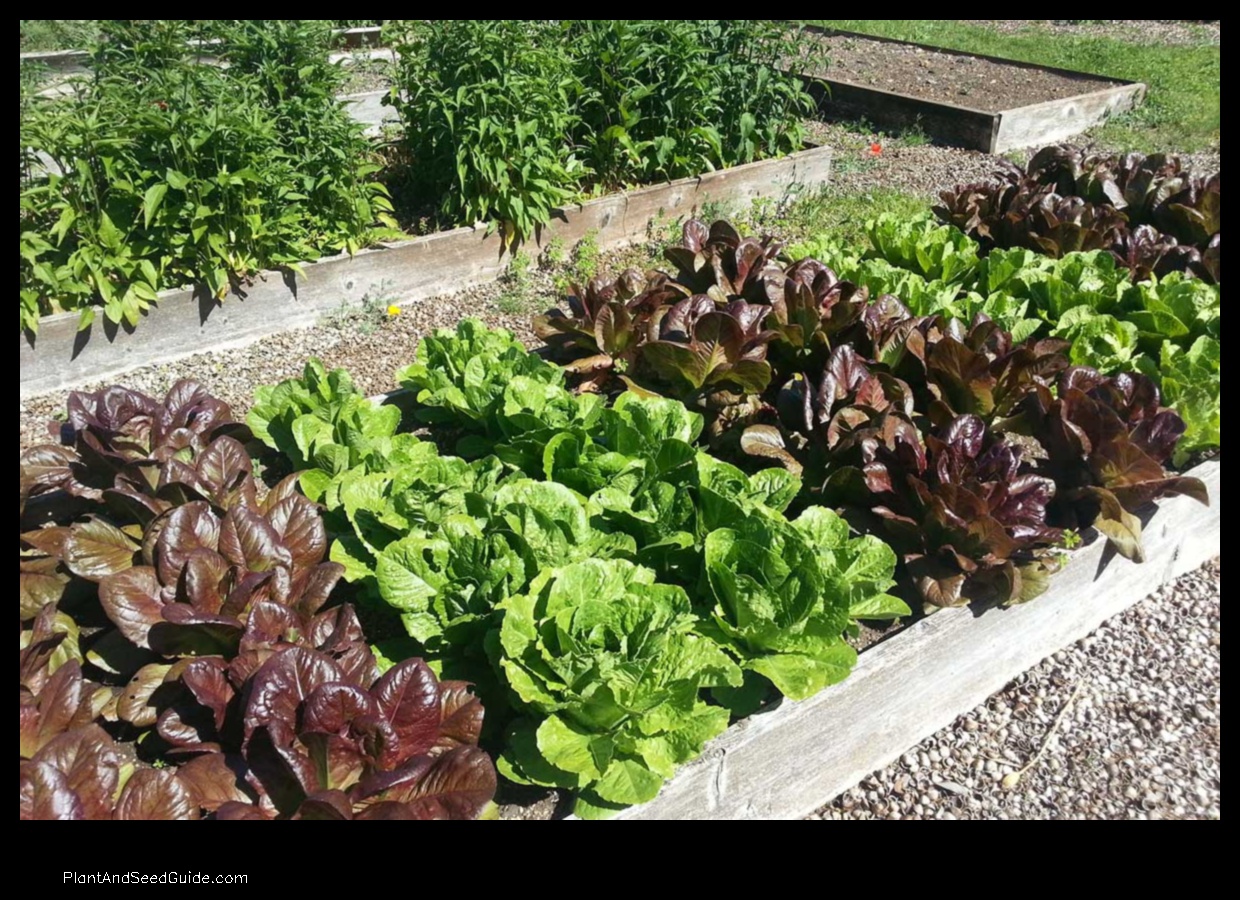
Germination and Care
Once you have planted your lettuce seeds, it is important to provide them with the right conditions for germination and growth.
Lettuce seeds need a lot of sunlight, so make sure to place your raised bed in a sunny spot. The soil should also be kept moist, but not soggy. You can water your lettuce seedlings daily, or more often if the weather is hot and dry.
Lettuce seedlings are also susceptible to pests and diseases, so it is important to keep an eye on them and take steps to protect them.
Some common diseases that affect lettuce include leaf spot, downy mildew, and rust.Some common pests that attack lettuce include aphids, slugs, and caterpillars..
To protect your lettuce seedlings from pests and diseases, you can use a variety of methods, such as:
- Growing your lettuce in a raised bed that is protected from pests and diseases
- Using row covers to protect your seedlings from pests
- Sprinkling your seedlings with a water-soluble insecticidal soap to kill aphids and other soft-bodied insects
- Applying a fungicide to your seedlings to protect them from leaf spot, downy mildew, and rust
By following these tips, you can help your lettuce seedlings germinate and grow strong and healthy.
VHarvesting Lettuce
Lettuce is ready to harvest when the leaves are about 4-6 inches long. To harvest, use a sharp knife or scissors to cut the leaves off at the base of the plant. Be sure to leave some of the leaves on the plant so that it can continue to produce new growth.
You can harvest lettuce leaves as needed, or you can harvest the entire plant at once. If you are harvesting the entire plant, cut it off at the base of the stem.
Lettuce can be stored in the refrigerator for up to 5 days. To store, place the lettuce leaves in a plastic bag and seal the bag tightly.
Lettuce is a versatile vegetable that can be used in a variety of recipes. It can be eaten raw in salads, sandwiches, and wraps, or it can be cooked in soups, stews, and stir-fries.
Lettuce is a healthy and nutritious vegetable that is a good source of vitamins, minerals, and fiber. It is a low-calorie food that is perfect for weight loss or maintaining a healthy weight.
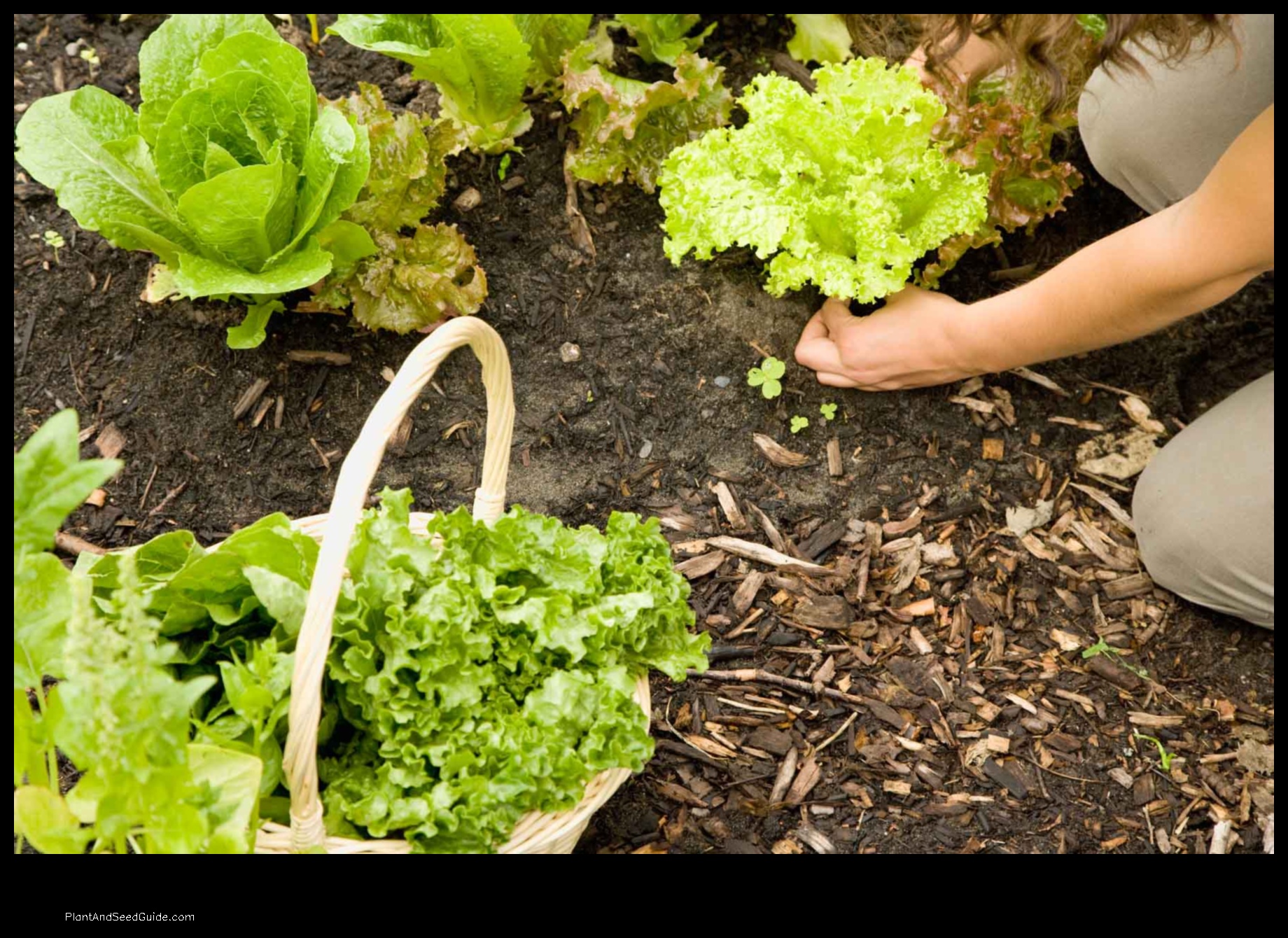
Pests and Diseases
Lettuce is susceptible to a number of pests and diseases, including:
- Aphids
- Cabbage loopers
- Cutworms
- Flea beetles
- Leaf miners
- Mites
- Slugs
- Whiteflies
To prevent or control pests and diseases, you can take the following steps:
- Rotate crops
- Practice good sanitation
- Use resistant varieties
- Apply pesticides or herbicides only when necessary
If you do have to use pesticides or herbicides, be sure to read the label carefully and follow the directions.
Troubleshooting
Troubleshooting
If you are having trouble growing lettuce in your raised bed, there are a few things you can check to troubleshoot the problem.
- Is the soil in your raised bed well-drained? Lettuce needs well-drained soil in order to grow properly. If the soil is too wet, the roots of the lettuce will rot.
- Is the raised bed in a sunny location? Lettuce needs at least 6 hours of sunlight per day in order to grow properly. If the raised bed is in a shady location, the lettuce will not get enough sunlight and will not grow well.
- Is the raised bed the right size for the amount of lettuce you are growing? Lettuce plants need plenty of space to grow. If the raised bed is too small, the lettuce plants will be crowded and will not grow well.
- Are you watering the lettuce plants regularly? Lettuce plants need to be watered regularly, especially during hot weather. If the plants are not watered enough, they will wilt and eventually die.
- Are you fertilizing the lettuce plants regularly? Lettuce plants need fertilizer to grow properly. If the plants are not fertilized enough, they will not grow well.
If you have checked all of these things and the lettuce plants are still not growing well, you may need to contact a gardening expert for help.
Benefits of Growing Lettuce in Raised Beds
There are many benefits to growing lettuce in raised beds, including:
- Better drainage: Raised beds allow for better drainage than traditional garden beds, which can help to prevent lettuce from rotting or developing diseases.
- Less weeding: Raised beds are easier to weed than traditional garden beds, as the soil is less compacted and the plants are easier to reach.
- Better air circulation: Raised beds provide better air circulation than traditional garden beds, which can help to prevent diseases from developing.
- Less pests: Raised beds are less likely to attract pests than traditional garden beds, as the plants are less accessible to pests.
- More control over the environment: Raised beds can be more easily controlled than traditional garden beds, which can allow you to create the ideal growing conditions for lettuce.
FAQ
Q: What is the best type of soil for growing lettuce in a raised bed?
A: Lettuce prefers a soil that is rich in organic matter and has good drainage. A good soil mix for lettuce would be equal parts compost, potting soil, and sand.
Q: How deep should I plant lettuce seeds?
A: Lettuce seeds should be planted about 1/2 inch deep.
Q: How much water does lettuce need?
Lettuce needs to be watered regularly, especially during hot weather. Water the plants deeply so that the water reaches the roots.
- Wild Rose Country: Exploring Untamed Beauty - July 15, 2024
- Wildflower Nursery Decor: Bringing Nature Indoors - July 15, 2024
- Young Sprout of Grass: Nurturing New Life - July 15, 2024
